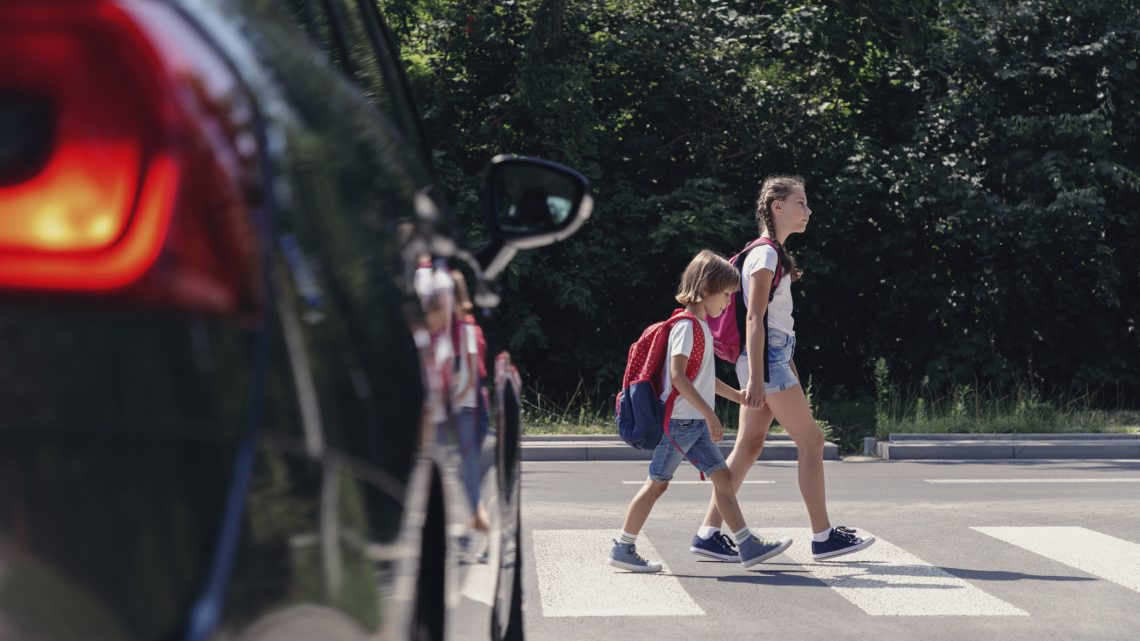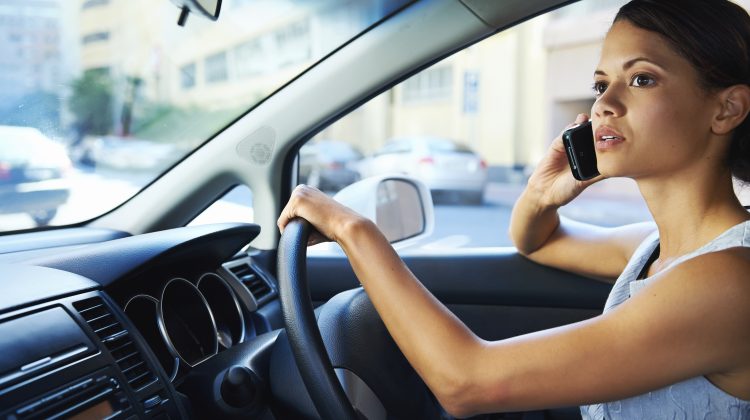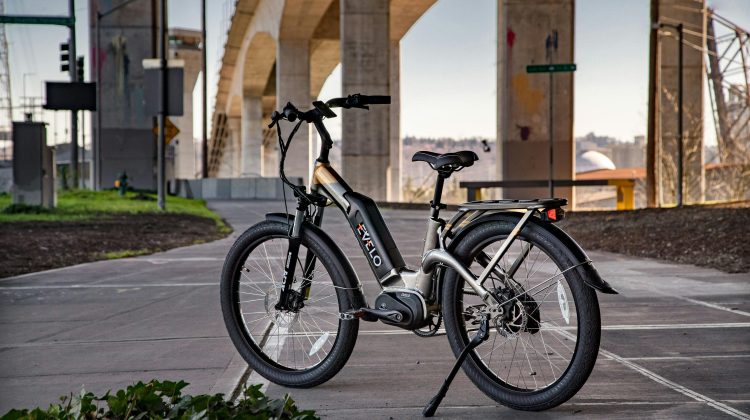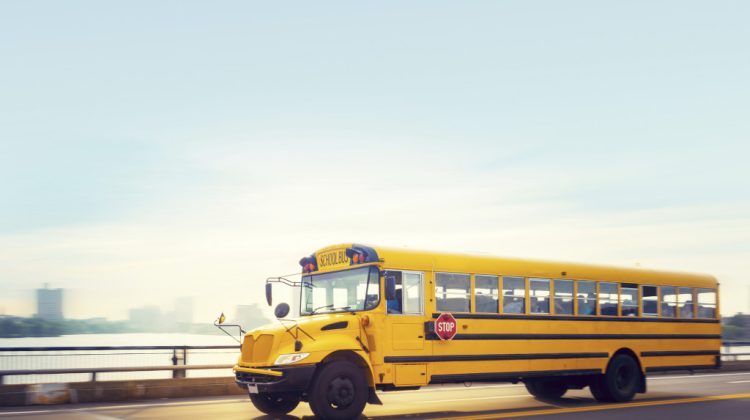As rideshare apps like Uber and Lyft become more and more common in younger generations, how safe are these rides?
Uber Safety
- There are many tips and tricks for staying safe in an uber for adults using the app that children/teens may not even think about when getting on a ride, putting children in a potentially more vulnerable situation.
- Ridesharing vehicles are not always safe. Data from Ubers U.S. Safety Report showed that there were over 36,000 deadly collisions reported in 2018 alone.
- Rideshare vehicles are not always insured and properly trained. In a study conducted at the Becker Friedman Institute, they concluded that the increase in rideshare accidents may be due to the absence of professional driving qualifications and minimal governmental regulations requiring drivers to diligently go through safety training.
Uber Age Guidelines
According to Uber guidelines, the age limit to ride in an uber is 18, and Uber states that children are not allowed to have accounts. There is an option on Uber to create a family account that allows you to add family members to your account who can then travel using your account. You can add up to five members to the account, set up different payment methods for each member, add or remove members and disable the feature at any time. However, just because you have a family account does not mean that Uber is now safe for children or teens.
Drivers Are Not Caregivers
The main concern when putting your child in an Uber or Lyft is primarily that rideshare drivers are not caregivers. Drivers are not trained to handle children and do not have certifications or experience in working with children, which is extremely dangerous. Not only does this put the drivers in a possibly uncomfortable position, but we have seen an increase in unsafe rideshare drivers who do not intend to get their passengers to their destination safely. Drivers cannot be held responsible for making critical decisions for the child and contacting the parents if anything happens on the ride. If anything was to happen during the ride, like an accident or medical emergency, the driver is not legally liable for your child’s safety in those moments. You wouldn’t hand off your child to a random stranger on the street and entrust that your child will get to their destination safely, so why trust a rideshare driver?
Alternative Apps
Apps like HopSkipDrive offer comparable services to Uber or Lyft- a ride to or from school- however, because HopSkipDrive is created for children 6 and up, they have much more strict criteria for screening their drivers, as well as they, require their drivers to have 5 years of caregiving experience as well as fingerprints, a yearly vehicle inspection, and alerts that are set up through the DMV and criminal record monitoring. Another major difference between HopSkipDrive and Uber or Lyft is that HopSkipDrive requires a ride to be scheduled at least 6 hours in advance. This is done to guarantee there will be a Customer Support specialist live monitoring the ride in case of any emergencies. Apps like this provide parents with peace of mind knowing that their children will be taken care of on their rides when the parents cannot drive them.
While the idea of using a service like Uber or Lyft to transport your children relieves the stress of driving your children, there are many risks to using rideshare apps that outweigh the positives. If you or your child has been in a rideshare accident, be sure to contact a trusted car accident attorney to help navigate your case.





No Comment